|
Highlights
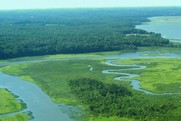
The Chesapeake Bay, habitat-climate change connections, fish passage, and oyster habitat were all topics at the top of NOAA Habitat’s list of almost 80 different stories we published in 2021. Our staff and partners continued work conserving, protecting, and restoring coastal habitats for fish and wildlife, and the communities that rely on them. Contact: Alison Hammer.
|
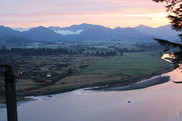
A new report produced by researchers at Oregon State University highlights the socioeconomic benefits of a NOAA-supported effort to restore habitat for salmon and reduce community flooding in Tillamook, Oregon. The Southern Flow Corridor project supported $14.6 million in economic output, increased the value of nearby homes, and more. Contact: Lauren Senkyr.
|
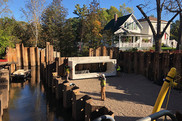
NOAA’s partners at The Watershed Center Grand Traverse Bay recently completed a project to restore habitat and improve fish passage in Traverse City, Michigan. With more than $1.5 million in NOAA funding through the Great Lakes Restoration Initiative, our partners are helping enhance habitat and food sources for fish like brook trout. Contact: Cassie Lovall.
|

The NOAA Chesapeake Bay Office has awarded 1,000 certificates to educators who have completed training in how to provide investigations into local environmental issues that lead to informed action and civic engagement. Educators can take the “Meaningful Watershed Educational Experience (MWEE) 101” course online at NCBO’s Chesapeake Exploration website. Contact: Krysta Hougen.
|
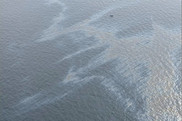
On December 22, the Department of Justice announced a proposed settlement to resolve claims related to the Taylor Energy oil spill in Louisiana, which started in 2004, and continues today. The consent decree requires Taylor Energy to pay over $43 million for civil penalties, removal costs and natural resource damages. $16.5 million of this settlement is to restore natural resources injured by the spill. Contact: Jeff Smith.
|

NOAA and the Deepwater Horizon agencies working in Mississippi released a restoration plan with seven projects to restore sea turtles, marine mammals, birds, and habitat on federal lands. The plan, estimated to invest $19 million in settlement funds, is out for public comment through January 26, 2022. The agencies are holding a public webinar on January 11. Contact: Stella Wilson.
|
|
|
Habitat Across NOAA
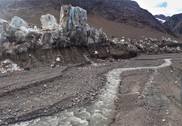
Melting glaciers could produce new Pacific salmon habitat in Alaska and British Columbia, but not in the Pacific Northwest and California, where many salmon are threatened and endangered. Researchers from Simon Fraser University and NOAA’s Northwest Fisheries Science Center found retreating glaciers in Alaska and British Columbia could open up new stream habitats for Pacific salmon in some locations. The findings were recently published in the scientific journal Nature Communications.
|

River herring populations are at all-time lows as a consequence of historic dam construction, habitat loss, habitat degradation, and overfishing. A broad review of current scientific literature on river herring in New England and the mid-Atlantic was recently published in Marine and Coastal Fisheries. It summarizes current knowledge and identifies research needs and threats.
|
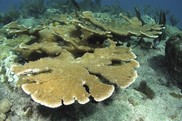
The NOAA Coral Reef Conservation Program awarded nearly $21.4 million in grants and cooperative agreements in 2021 to support conservation projects and scientific studies that benefit coral reef ecosystem management in seven U.S. states and territories, and internationally in the Caribbean, the Coral Triangle, the South Pacific, and Micronesia. Awards were also provided for conferences, fellowship programs, and special projects focused on coral reef conservation.
|
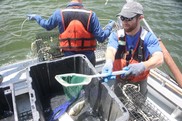
The NOAA Chesapeake Bay Office plans to offer five paid internships during summer 2022. Applications are due February 20 for the opportunities. One intern will focus on each of these areas: environmental literacy, field operations and observations, climate and coastal resilience, data analysis and visualization, and community partnerships.
|
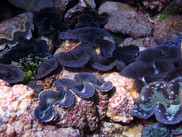
NOAA and the U.S. Fish & Wildlife Service are seeking public involvement on the development of a Monument Management Plan for the Pacific Remote Islands Marine National Monument. The plan would direct the care and management of the natural, cultural, and historic resources found within the Monument. It would also define agency management roles and responsibilities while laying out the goals, objectives, and proposed management activities for the Monument for the next 15 years. Comments on the notice of intent to develop this plan can be submitted through January 20, 2022.
|
|
|
|
|